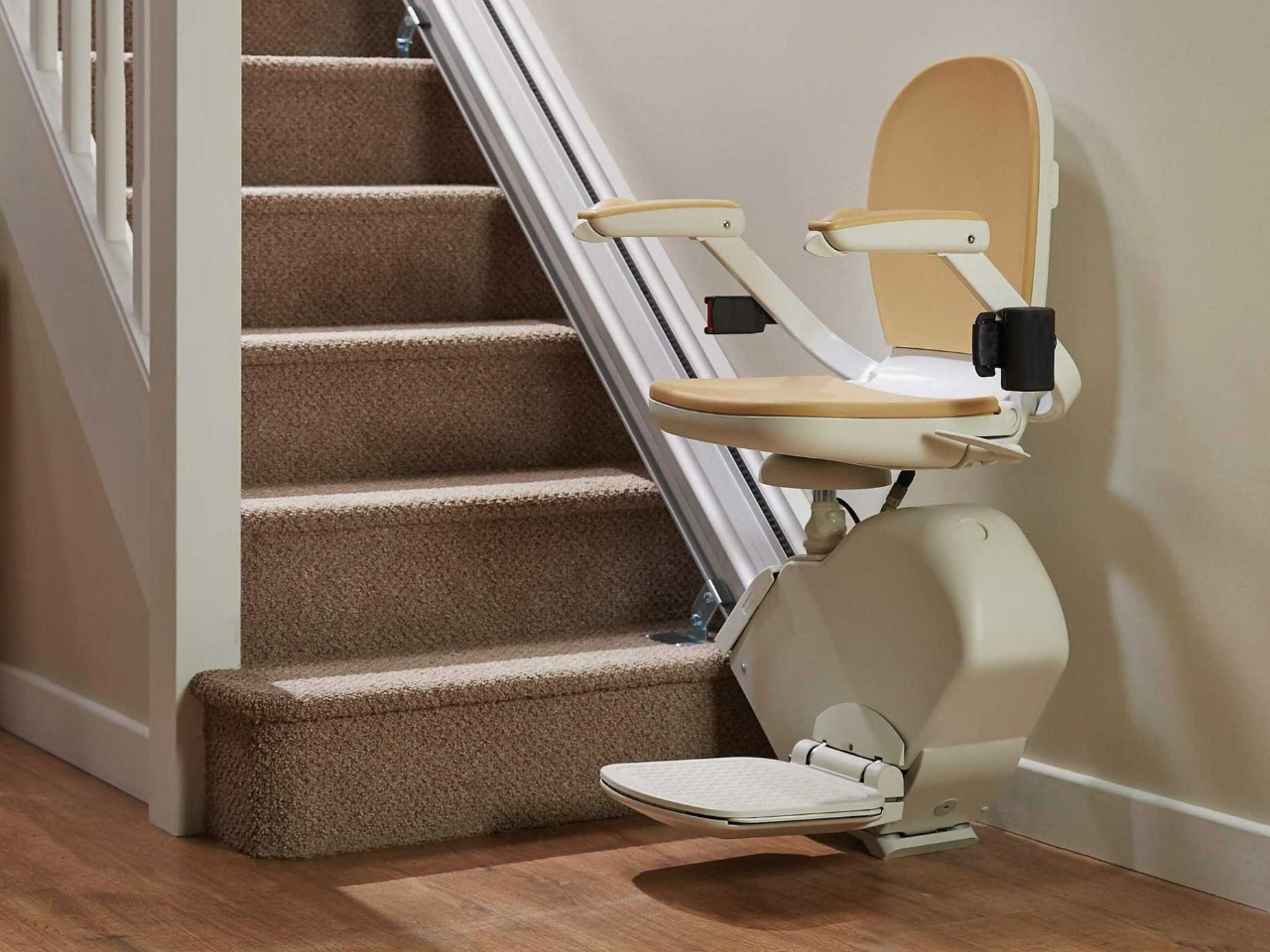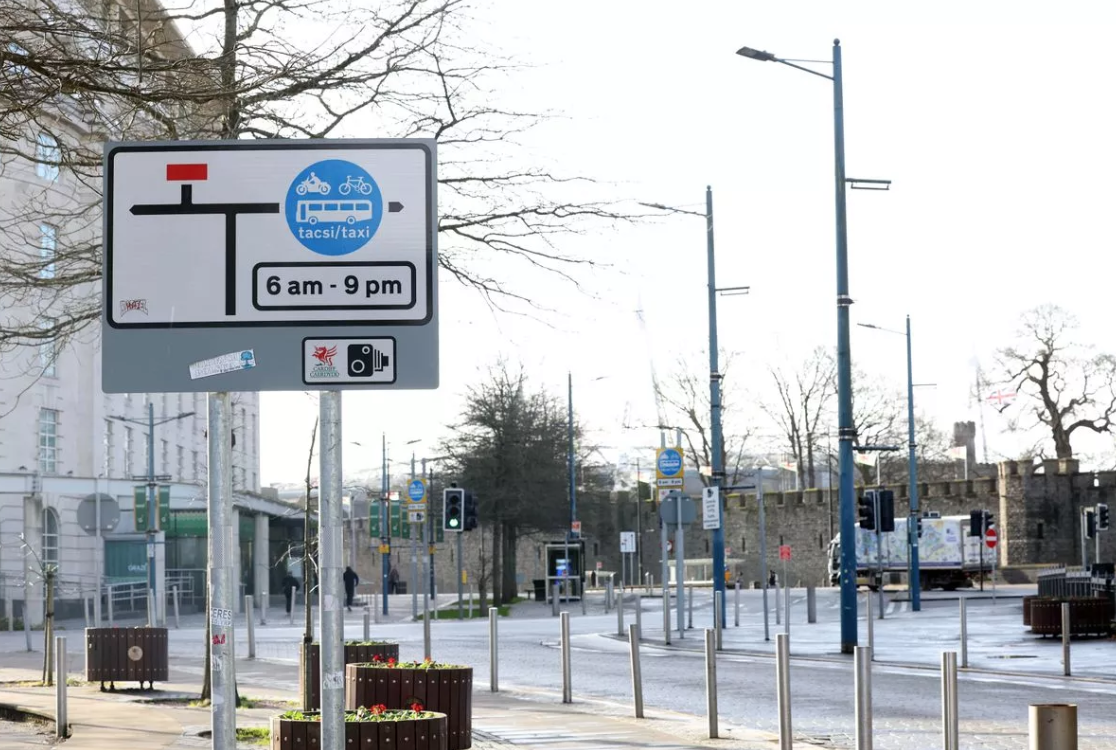
Cardiff Arms Park is one of Wales’ most iconic sporting venues, synonymous with rugby union and Welsh national pride. The site has a rich history, evolving from a humble cricket ground into the world-renowned rugby stadium that preceded the current Principality Stadium. Its development is a story of shifting sporting priorities, urban adaptation, and a commitment to rugby excellence.
Origins and Name Derivation
 The name “Cardiff Arms Park” originates from the Cardiff Arms Hotel, which once stood nearby. The land was leased from the Marquess of Bute, a significant landowner in Cardiff, in the early 19th century. The site was initially used as a recreational space, with various sports played there, before it became more formally associated with cricket and, later, rugby.
The name “Cardiff Arms Park” originates from the Cardiff Arms Hotel, which once stood nearby. The land was leased from the Marquess of Bute, a significant landowner in Cardiff, in the early 19th century. The site was initially used as a recreational space, with various sports played there, before it became more formally associated with cricket and, later, rugby.
The ‘Park’ element of the name refers to its function as a sports ground, a common convention in British sporting venues. Over time, the site became known simply as Cardiff Arms Park, a name that would become legendary in the world of rugby union.
From Cricket to Rugby: The Transition

Originally, Cardiff Arms Park housed a cricket ground, used by Cardiff Cricket Club from around 1848. However, as rugby grew in popularity in Wales during the late 19th century, the demand for a dedicated rugby stadium increased.
In 1881, Cardiff RFC played their first match at the ground, gradually making it their home. As rugby’s dominance grew, the cricket ground was moved in 1966 to Sophia Gardens to facilitate the expansion of rugby facilities. This move allowed for the development of a dedicated rugby stadium, ensuring Cardiff RFC and the national team had a venue fit for the demands of international and club-level rugby.
Development into a Rugby Stadium
By the 1950s, the need for modernisation became apparent. The stadium was gradually upgraded with new stands, improved facilities, and an increased capacity to accommodate the growing crowds attending rugby matches. Cardiff Arms Park became synonymous with thrilling international encounters, most notably during the Five Nations Championship, and was regarded as one of the most atmospheric rugby venues in the world.
However, by the 1990s, further redevelopment was needed. Plans were put in place to construct a new national stadium on the same site, which would later become the Principality Stadium, officially opened in 1999 in time for the Rugby World Cup. The transformation was a significant step forward for Welsh rugby, offering a modern arena with a retractable roof while retaining the historic location’s rugby heritage.
Orientation of Cardiff Arms Park and the Principality Stadium
 Cardiff Arms Park, the home of Cardiff Rugby, has an east-west orientation. This layout dates back to its origins and was maintained through its evolution into a rugby stadium. However, when the national stadium was developed on the adjacent site, it was constructed with a north-south orientation to better suit modern stadium design and reduce issues caused by sunlight during matches.
Cardiff Arms Park, the home of Cardiff Rugby, has an east-west orientation. This layout dates back to its origins and was maintained through its evolution into a rugby stadium. However, when the national stadium was developed on the adjacent site, it was constructed with a north-south orientation to better suit modern stadium design and reduce issues caused by sunlight during matches.
The contrasting orientations between Cardiff Arms Park and the Principality Stadium are a unique feature of the site. While the east-west alignment of Cardiff Arms Park has occasionally posed challenges with the sun’s position during games, it remains a defining characteristic of the historic ground. Meanwhile, the north-south axis of the Principality Stadium ensures better conditions for players and spectators alike.
Legacy and Significance
Cardiff Arms Park remains a cherished name in Welsh sport, with the Principality Stadium now serving as the national rugby team’s home. The Cardiff Rugby side continues to play at the adjacent Arms Park ground, maintaining a strong connection with the site’s rugby history.
The transformation from a cricket venue to a world-class rugby stadium reflects the evolving sporting landscape in Wales, while the differing orientations of the two stadiums highlight the site’s historical and architectural development. Cardiff Arms Park and its successor have played host to countless memorable moments, ensuring their place in the annals of Welsh sporting history.












